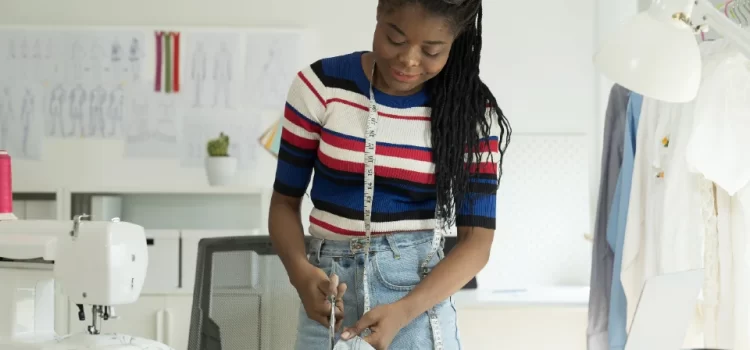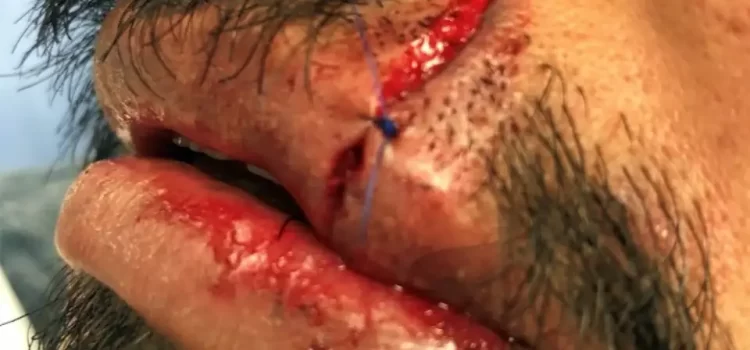Patrick O’Malley, MD Urgent Message: Clinicians can apply best-practice care principles for lacerations of the hand in the urgent care setting by gaining a better understanding of the anatomy and wound repair techniques. Such competency can also help reduce non-indicated referrals to the emergency department. Citation: O’Malley P. Does This Finger Laceration Need Immediate Vascular Surgery Consultation Perspectives Based on an Urgent Care Patient Experience. J Urgent Care Med. 2024;18(4): 28-30 Key words: laceration, …
Read More




